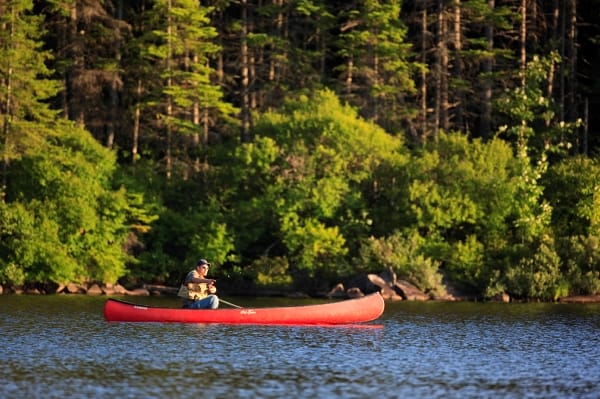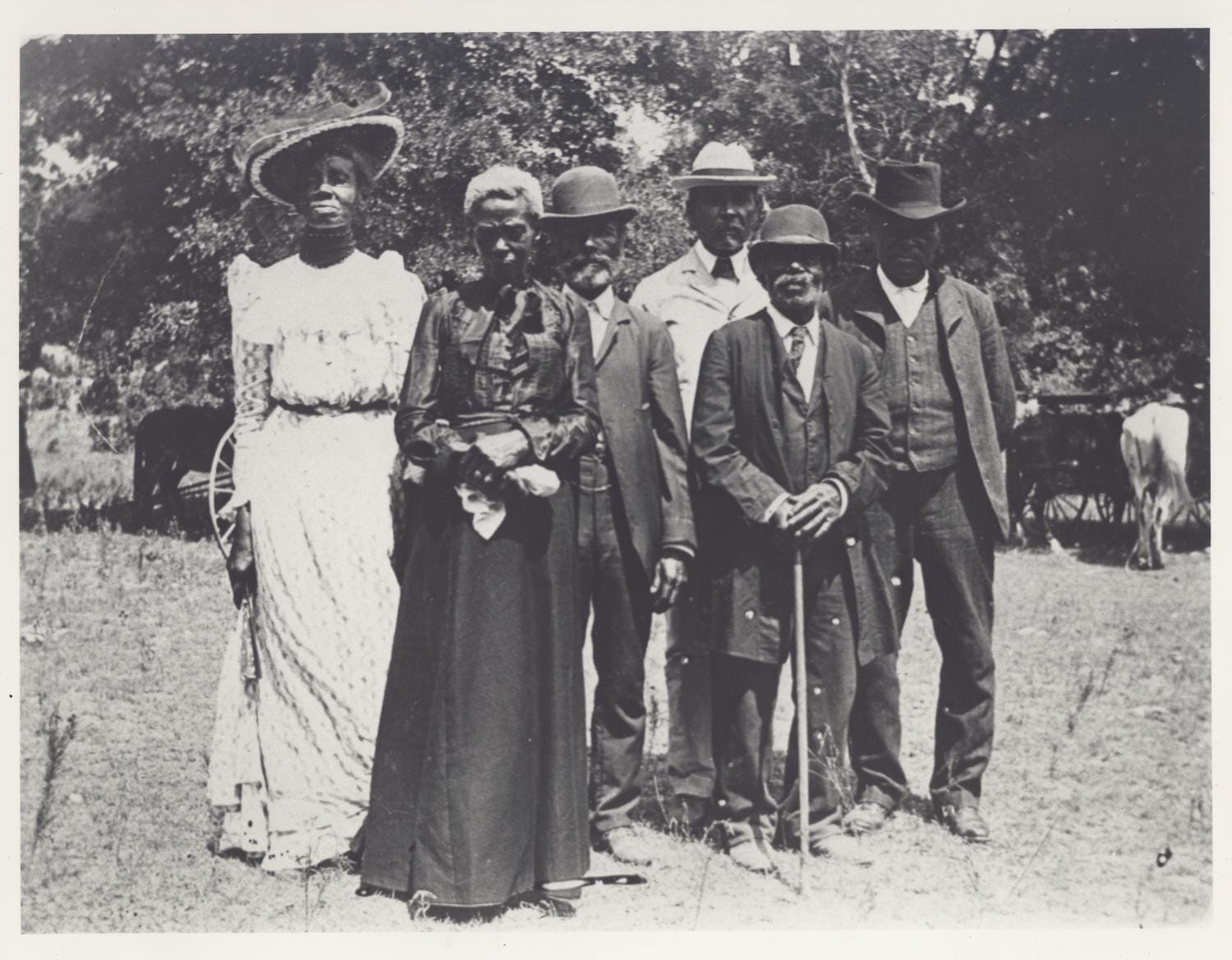
Protecting a New Hampshire way of life
Protecting a New Hampshire way of life
As a boy, I spent a good chunk of my summers on one of New Hampshire’s many ponds. Our family would rent a small cottage, and my two brothers and I would spend days outside doing what generations of Granite State children have done: fishing, swimming, hiking, catching frogs and crayfish, and picking blueberries and blackberries.
Fast forward 40 years, and my brothers and I now take our kids to the same pond.
Our story is common here in New Hampshire, where children grow up and pass on their love for the great outdoors to their own children. We have this opportunity because so much of our land—the mountains, lakes, and forests that make our state great—is public and accessible for all to enjoy.
That access is no accident. Unlike many other states where unspoiled natural beauty exists only in memories, New Hampshire’s open spaces have benefitted from civic leaders who were forward-thinking enough to protect them for future generations.
The latest step to protect our natural landscapes—and the local jobs and economies they foster—occurred recently in the headwaters of the Androscoggin River. Here, in the northern end of the state, The Trust for Public Land helped put 23,000 acres owned by the Plum Creek Timber Co. under conservation easement. This legally binding agreement means Plum Creek can still own the land and manage it for commercial timber harvests, but it cannot subdivide or develop the land, ensuring the public can continue to enjoy access for hiking, fishing, and outdoor recreation.
As part of the same effort, we helped expand the Umbagog National Wildlife Refuge and create the 941-acre Greenough Ponds Wildlife Management Area—protecting valuable wildlife habitat and safeguarding the quality of many streams and rivers.

This effort was led by a cooperative team which includes the New Hampshire Department of Resources and Economic Development, federal agencies like the Fish and Wildlife Service and the Forest Service, Plum Creek, The Trust for Public Land, and local partners. The $17 million cost came from a variety of private, state and federal money.
All these partners are acting because they know protecting our lands means more than ensuring future memories. It is also a good economic investment.
Recently, The Trust for Public Land measured the economic value of New Hampshire forests and found that every $1 spent on conserving land returns $11 and supports jobs for many people in a variety of industries.
The report is the latest in a series of similar reports done across the nation, from Maine to southern Arizona. And the $11-to-$1 return on investment here is among the highest in the United States.
What these analyses show is that protecting our forests, rivers, and lakes isn’t just about giving our kids a place to enjoy the outdoors—it’s also about protecting our jobs and investing in our way of life.
These investments give me hope that 40 years from now, my children will bring their children to our ponds and woods, so they can create their own memories of a special place.
—Rodger Krussman is the New Hampshire director of The Trust for Public Land


Donate to become a member, and you’ll receive a subscription to Land&People magazine, our biannual publication featuring exclusive, inspiring stories about our work connecting everyone to the outdoors.
See how our supporters are helping us connect people to the outdoors across the country.











